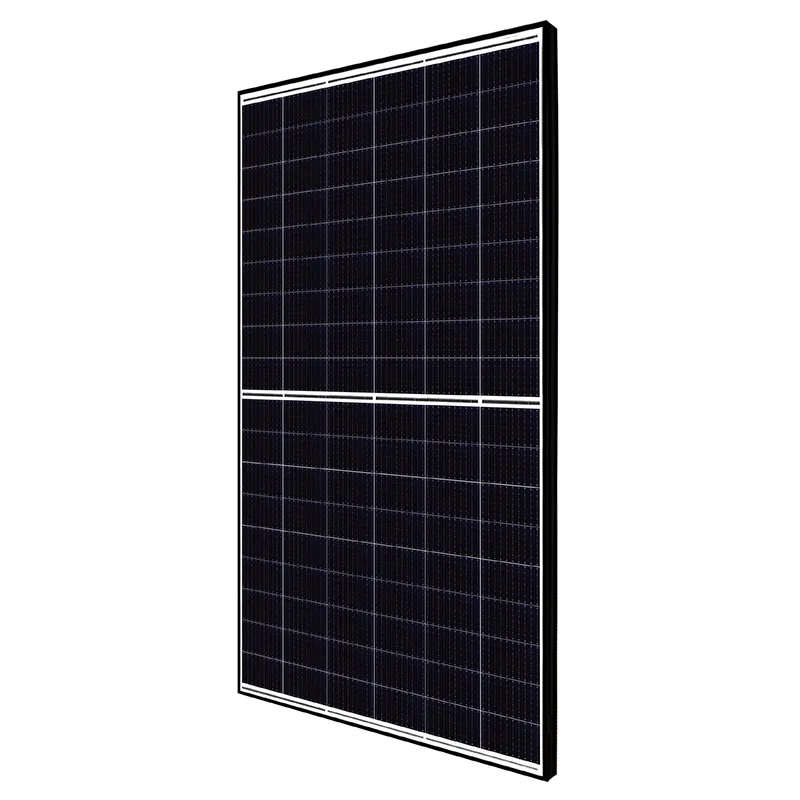solar panel size output
Understanding Solar Panel Size and Output
In recent years, the adoption of solar energy has surged as a viable alternative to traditional fossil fuels. This shift is driven by the pressing need for sustainable energy sources to combat climate change and reduce reliance on non-renewable resources. One of the most critical factors influencing the effectiveness of solar energy systems is the size and output of solar panels. Understanding these elements is key for homeowners and businesses alike to optimize their solar investments.
Solar panels, or photovoltaic (PV) panels, convert sunlight into electricity. The efficiency and output of these panels can vary significantly based on their size, material, and technology. The size of a solar panel generally refers to its physical dimensions and the amount of surface area available for sunlight absorption. Most residential solar panels today have standard dimensions around 65 inches by 39 inches, or approximately 1.7 square meters, which generally yields about 250 to 400 watts of power.
Solar Panel Output
The output of a solar panel is measured in watts and indicates the amount of energy the panel can produce in a specific condition—typically under peak sunlight during midday. For instance, a 300-watt solar panel can theoretically generate 300 watts of power under optimal conditions when exposed to direct sunlight.
However, several factors can influence actual output. These include panel efficiency, the angle of installation, geographic location, and local weather conditions. Higher efficiency panels will produce more electricity per square meter, making them a desirable option in space-constrained installations. On average, modern solar panels have efficiencies ranging from 15% to over 22%. Choosing a higher-efficiency panel may entail a higher upfront cost, but it can yield greater energy production over time, making it a more cost-effective investment in the long run.
Calculating Energy Needs
To determine the size of solar panels needed for a specific energy requirement, homeowners must first evaluate their energy consumption. This process typically involves looking at past utility bills to gauge average monthly electricity usage measured in kilowatt-hours (kWh). For example, if a household consumes 800 kWh per month, they can estimate their daily usage to be around 26.67 kWh.
solar panel size output

Once daily energy needs are established, it's important to consider the average sunlight hours for the location. For example, if you live in an area that receives about 5 peak sunlight hours a day, you can calculate the total wattage of solar panels required. By dividing the daily energy requirement by the average sunlight hours
\[ \text{Total wattage needed} = \frac{\text{Daily energy requirement (kWh)}}{\text{Average sunlight hours (hours)}} \]
Using our example with 26.67 kWh needed per day and 5 sunlight hours, the required wattage would be approximately 5,334 watts. Hence, if using 300-watt panels, you'd need about 18 panels (5,334 watts / 300 watts per panel).
Space Considerations
Furthermore, the physical space available for installation can greatly affect the size and number of panels you can install. For residential settings, rooftops are commonly used, where the area can often dictate how many panels can be placed. It’s essential to factor in not only the space available but also the orientation of the roof, as south-facing roofs typically capture the most sunlight.
Conclusion
Ultimately, the relationship between solar panel size and output is pivotal in determining the effectiveness of a solar energy system. Understanding your energy needs, the efficiency of the panels, and the space available for installation can effectively guide your decision-making process. With careful consideration, homeowners and businesses can maximize the benefits of solar energy, not only reducing their carbon footprint but also achieving long-term financial savings. As technology advances and costs decrease, solar energy continues to be one of the most promising pathways toward a sustainable and energy-efficient future.
-
String Solar Inverter: The High-Efficiency Solution for Smart Solar EnergyNewsJul.14,2025
-
Revolutionizing Rooftop Energy with the Power of the Micro Solar InverterNewsJul.14,2025
-
Power Independence with Smart Off Grid Solar Inverter SolutionsNewsJul.14,2025
-
On Grid Solar Inverter: Powering the Future with Smart Grid IntegrationNewsJul.14,2025
-
Monocrystalline Solar Panels: High-Efficiency Power for the Future of Clean EnergyNewsJul.14,2025
-
Bifacial Solar Panel: A Smarter Investment for Next-Generation Energy SystemsNewsJul.14,2025







